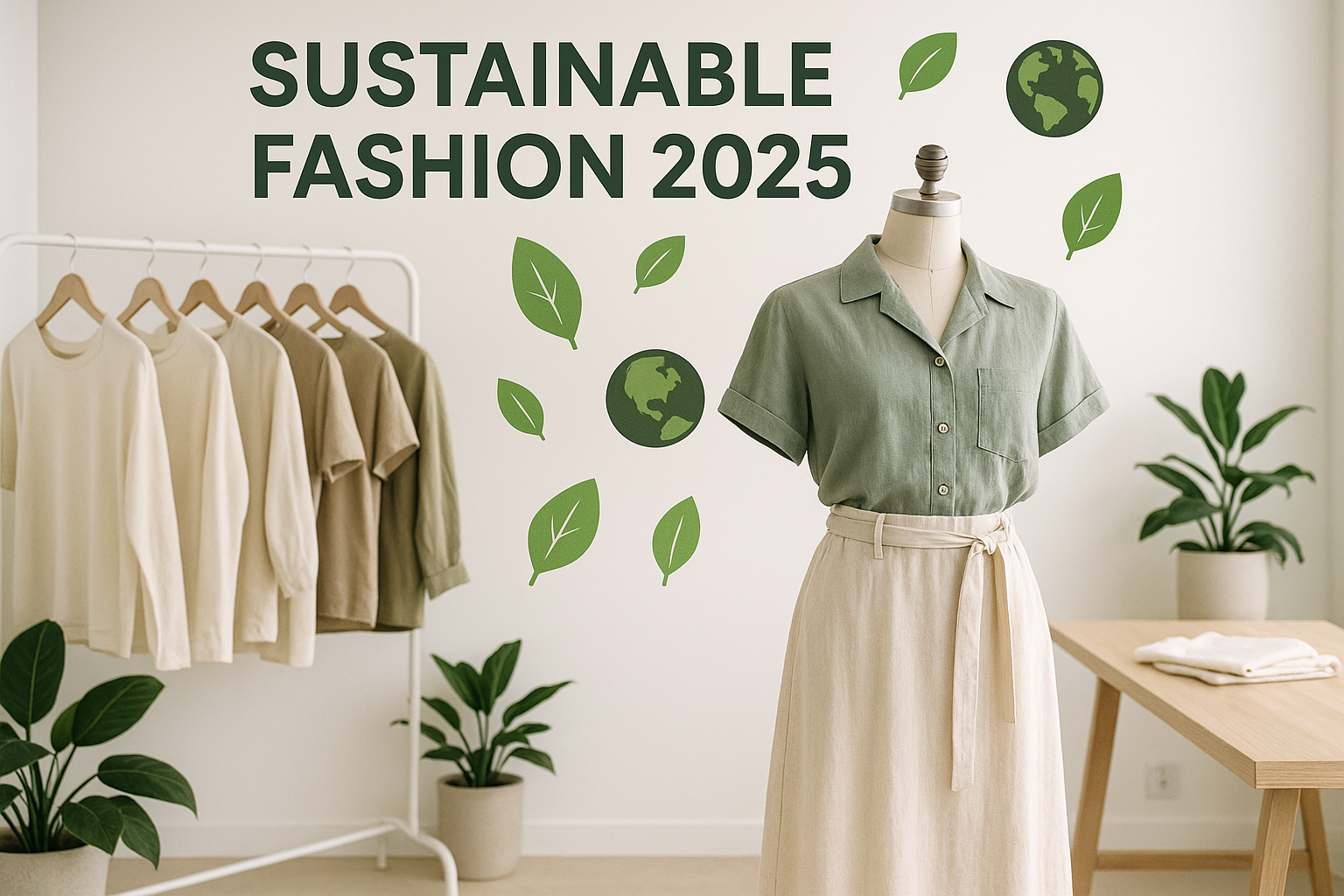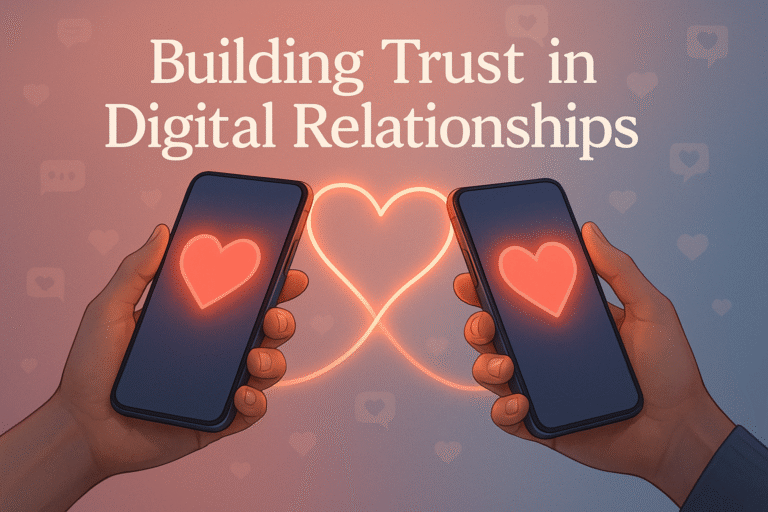
🌿 Introduction
In 2025, fashion is no longer just about style — it’s about sustainability, ethics, and innovation. As the world grows more conscious of its environmental footprint, both brands and consumers are embracing eco-friendly fashion like never before.
From recycled fabrics to AI-powered clothing design, the fashion industry is transforming into a greener, smarter, and more transparent ecosystem. In this blog, we’ll explore the top sustainable fashion trends that are shaping 2025 — and how you can be part of this positive change.
♻️ 1. Rise of Recycled and Upcycled Fabrics
The biggest shift in 2025’s fashion world is the use of recycled materials. Brands are now creating stylish outfits from recycled plastic bottles, ocean waste, and old garments.
- Recycled polyester is replacing traditional fabrics.
- Upcycling old clothes into trendy new designs reduces waste.
- Consumers are buying second-hand or reworked pieces from vintage stores.
🌍 Example: Brands like Patagonia and Adidas are leading the charge by turning ocean plastic into performance wear.
👗 2. Slow Fashion Over Fast Fashion
The “buy, wear, and throw away” culture is dying. In 2025, more people are embracing slow fashion — choosing quality over quantity.
- Fewer purchases, but better-made garments.
- Local production and handcrafted items.
- Longer-lasting, timeless designs instead of short-lived trends.
🧵 Why it matters: Slow fashion helps cut down on textile waste, unethical labor, and excessive carbon emissions.
🌱 3. Eco-Friendly Materials Are Going Mainstream
The textile revolution is here! 2025 introduces sustainable fabrics that are stylish, comfortable, and environmentally friendly.
Popular materials include:
- Organic cotton – grown without harmful chemicals.
- Hemp – durable, breathable, and water-efficient.
- Bamboo fabric – soft, antibacterial, and renewable.
- Tencel (Lyocell) – made from sustainably sourced wood pulp.
🌿 These fabrics are being used in everything from streetwear to luxury fashion, blending comfort with consciousness.
🧬 4. AI and Technology in Sustainable Design
AI isn’t just for tech — it’s transforming how clothes are designed and produced.
Fashion brands are using artificial intelligence to:
- Predict demand and avoid overproduction.
- Suggest eco-friendly materials during the design process.
- Personalize fashion recommendations to reduce returns and waste.
👗 Example: Startups like Stitch Fix use AI to tailor shopping experiences, making sustainability more personal and efficient.
🌞 5. Renewable Energy in Fashion Production
Sustainability goes beyond fabrics — it’s also about how clothes are made.
In 2025, many manufacturers are switching to renewable energy sources like solar and wind power to run their factories.
⚙️ Impact:
- Reduces carbon footprint of clothing production.
- Encourages clean energy adoption in developing countries.
- Supports the global goal of a carbon-neutral fashion industry by 2030.
🌏 6. Circular Fashion Economy
The concept of circular fashion means keeping clothes in use for as long as possible.
In 2025, this movement is booming through:
- Clothing rental platforms (like Rent the Runway).
- Resale marketplaces (like Depop and ThredUp).
- Take-back programs where brands recycle old clothes.
👖 Example: Big names like H&M and Levi’s offer customers recycling incentives for returning worn-out garments.
💚 7. Transparency and Ethical Fashion
Consumers in 2025 demand transparency — they want to know where and how their clothes are made.
- Brands are publishing supply chain data openly.
- Ethical certifications (like Fair Trade and B Corp) are becoming standard.
- Fashion labels highlight fair wages and safe working conditions.
✨ Result: Ethical fashion is not just a buzzword — it’s a brand identity.
👠 8. Digital Fashion and Virtual Clothing
With the rise of the metaverse and digital influencers, fashion is going virtual.
Brands now create digital-only clothing — zero fabric waste, zero pollution.
- Users can “wear” digital outfits for social media or virtual events.
- Designers save materials and time by testing designs digitally.
- Virtual fashion shows are replacing traditional runway events.
💻 Fun Fact: Digital fashion sales are expected to grow 200% in 2025!
🧵 9. Local and Handmade Fashion Revival
Supporting local artisans is becoming a global trend.
People are choosing handmade, culturally rich designs that tell a story.
- Promotes cultural identity and local economies.
- Reduces transport emissions.
- Creates unique, long-lasting fashion pieces.
👜 Example: Handmade leather goods and regional embroidery are gaining international attention.
🌸 10. Consumer Awareness & Conscious Shopping
Finally, the most important trend of all — people are changing.
Consumers are more informed and responsible than ever before. They check labels, avoid harmful materials, and support eco-conscious brands.
💬 Tip: Before buying, ask:
- Is it sustainable?
- Is it ethically made?
- Will I wear it at least 30 times?
That mindset is the future of fashion.
💬 Conclusion
Sustainable fashion isn’t just a 2025 trend — it’s the new normal.
From eco-friendly materials to ethical production and digital designs, the fashion world is embracing a cleaner, smarter, and more conscious future.
As a consumer, your choices matter. Every time you pick a sustainable brand or upcycled item, you’re helping build a greener planet and a more ethical fashion industry. 🌍💚
Fashion fades, but sustainability is timeless.



